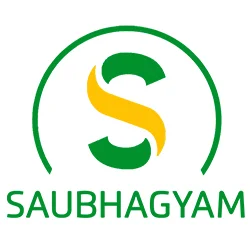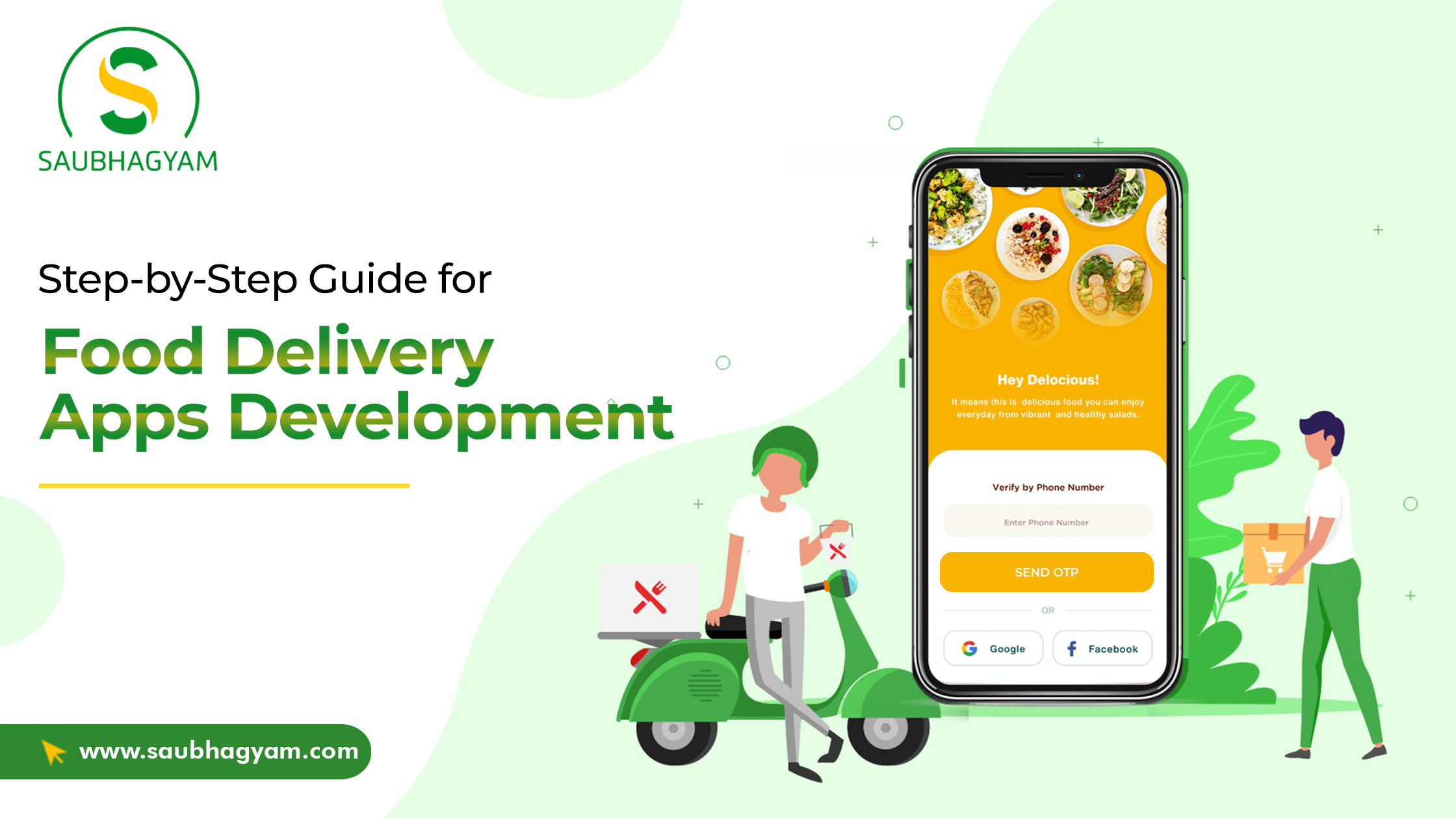



We often think about how great it would be if someone can cook for us and hand it over after a long day at work! After a long day at work, you're less likely to cook, and even if you do, you're more prone to make something easy and quick, isn't it? With that in mind, businesses like Zomato, Swiggy, etc have accomplished to gain the love of millions of people by providing them their favorite food after a tiring day.
As the number of people ordering food online grows, more businesses are considering developing food delivery applications. Companies will be able to make more profits in less time as investment opportunities diversify. Even so, for maximum success, it is necessary to generate a user-friendly and efficient food delivery app. So, if you want to create a food delivery app, here is a complete step-by-step guide for success.
Market Research:-
Before you begin developing a food delivery app, you should undergo thorough market research. This will give you a better understanding of the market you want to deliver. Evaluate your market audience, supply gap, engagement, competitive forces, and different revenue generation options. Using existing food delivery apps to learn more about your potential buyers' pain points can help you design a better app.
What's Trending:-
The food delivery industry is extremely competitive. To outperform your competitors in a competitive market, you must be up to date on the latest market trends. Chatbots for food ordering have become popular in recent years. It enables users to order their favorite food with a single word via chat. Virtual assistants can also be used in food delivery apps to inform customers about the various available vouchers and deals. Another new market trend is the use of social media for food ordering. Consider allowing customers to place food orders through their social media accounts to increase the number of people who use your app.
Food Delivery Model:-
Now, based on your business targets, you must select an appropriate food delivery model. The order-only model and the order and delivery model are the two most popular food delivery models among businesses. You will only be responsible for the ordering process and order management in the order-only model.
The main advantage of using this model is that you don't have to worry about food preparation or delivery. Another advantage is the requirement for limited resources. Throughout the order and delivery model, you will be responsible for both ordering and delivery. One of the best advantages of this model is that as you deal with the delivery process, you can charge higher commissions and make more money.
The cloud restaurant model is yet another new food delivery model. In this model, food is made in cloud kitchens and delivered to the customers. This model allows you to make more money with less financing.
Revenue Model:-
Your food delivery app's revenue model will be its monetization approach. You can select the revenue model that suits your company's requirements from among the various options available.
In this revenue-sharing model, you connect your app to restaurants and earn revenue by charging predetermined commission rates on every order.
In the Delivery charges model, you can generate revenue by delivering foods from various restaurants to the customers' addresses.
Your food delivery app will work with various restaurants to provide exciting deals on various dishes.
Surge pricing will allow you to generate revenue by charging a delivery surcharge during rush hours, such as lunch or dinner.
Must-Have Features:-
Make sure to have all of the necessary features when creating a well-designed food delivery app. Restaurant list, food cart, order scheduling, location, delivery location, transaction details, review and rankings, payment mode, push notifications, real-time tracking, multiple filters, promos, and coupons, and customer support are all required features on the user panel.
A one-click dashboard, campaign management, payment management, order management, password reset, analytics and reporting, feedback management, discounts and promotions, and so on must all be included in the admin panel.
The restaurant panel must include features such as a restaurant profile, order management, accepting and rejecting orders, payment, brand management, special offers, order reports, tracking payments, order alerts, and more. Delivery history, call/chat options, registration, managing orders, order tracking, and online support should be available on the delivery personnel panel
Following the above-mentioned step-by-step guide can learn how to develop a great food delivery app. Although the food delivery market is extremely competitive and overloaded, you can still gain an advantage over your competitors by trying something different. You can skillfully develop your food delivery application with the right plan and advanced techniques.
You can find the ideal technological stack based on your food delivery model. Payment method, registrations, storage, analytics, geolocation, navigation, and notifications are the essential tech stacks that you must include in your food delivery app.
As a leading Food App Development company, Saubhagyam understands how to idealize and create a customized food ordering app. We can help you break into the market with an unrivaled product because we have a depth of experience on our side.
 Written by: Admin
Written by: Admin